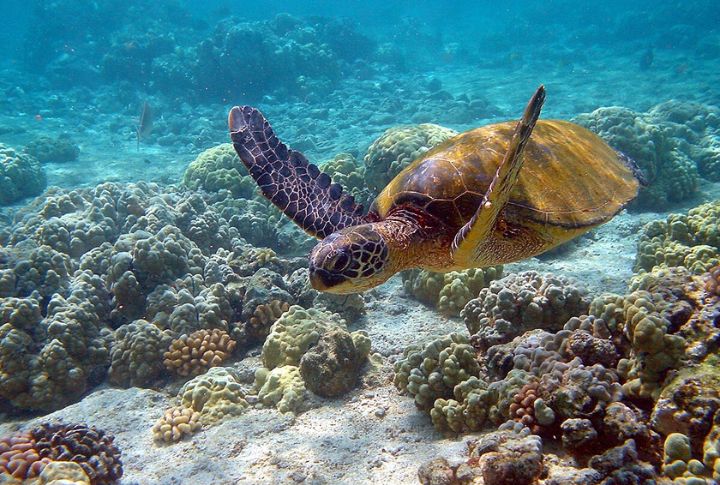
Ancient mariners with astonishing skills, sea turtles are far more than serene swimmers in the ocean. Their roles in nurturing coral reefs, balancing food chains, and even combating climate change are nothing short of remarkable. Let’s discover how these gentle giants quietly shape marine ecosystems in unexpected ways.
Protectors of Seagrass Meadows
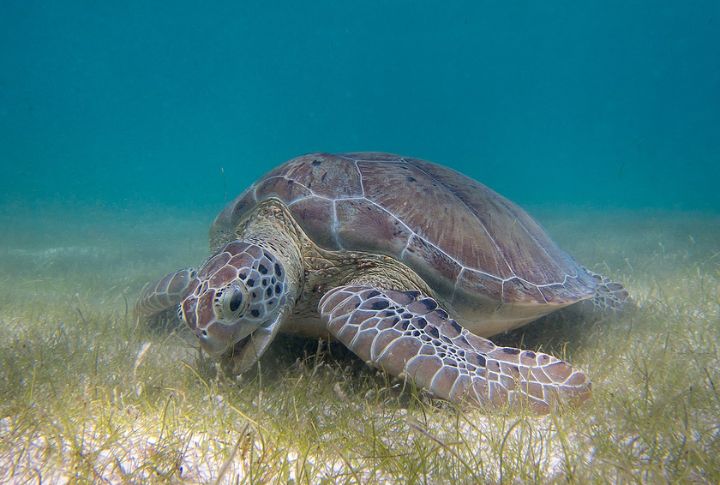
These gentle gardeners of the ocean ensure life below the waves thrives harmoniously. Their grazing keeps seagrass beds oxygen-rich and benefits countless marine species that depend on these underwater meadows for shelter and food. Without sea turtles, overgrown seagrass could suffocate ecosystems and disrupt delicate balances.
Contributors to Coral Reef Health
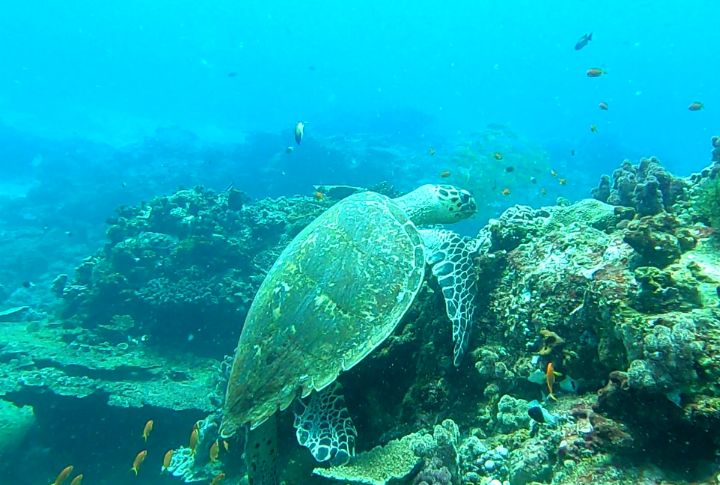
Sponge populations would overwhelm coral reefs without hawksbill turtles. Their selective diet balances ecosystems, allowing corals to flourish. Scientists estimate these turtles consume up to 1,200 sponges annually. Coral reefs, hosting 25% of marine species, owe their survival partly to these underwater gourmands.
Marine Food Chain Balancers
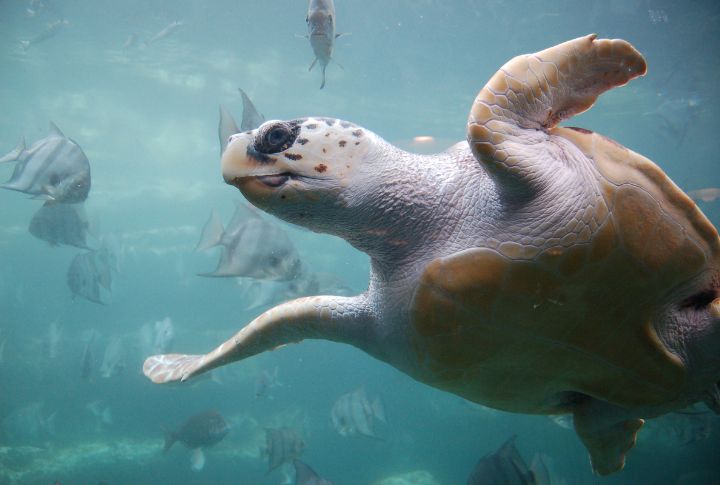
Jellyfish populations explode when unchecked and disrupt marine food chains. Sea turtles, including leatherbacks, devour jellyfish in astonishing quantities. A single turtle can consume hundreds in one meal. Imagine the ocean without these predators—jellyfish blooms could wreak havoc on fish stocks worldwide.
Beach Nutrient Recyclers
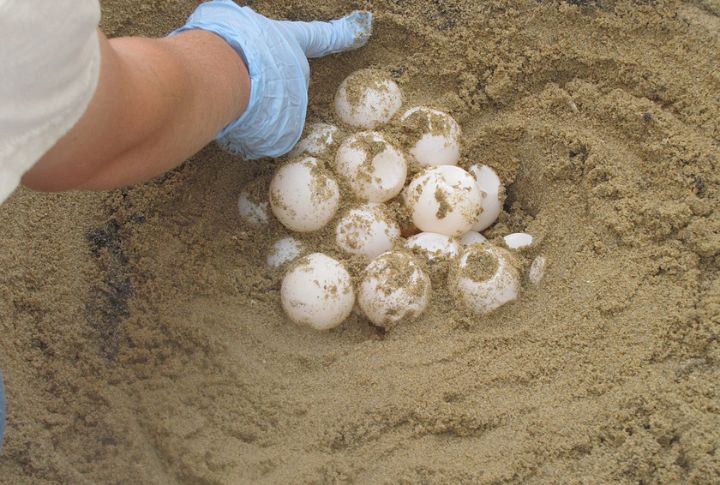
Eggshells left behind after hatching enrich sandy soils with essential nutrients like phosphorus and nitrogen. As a result, beaches near nesting sites flourish with vibrant vegetation. Did you know that loggerhead turtles alone lay up to 100 eggs per clutch? Every nest leaves behind a gift to the ecosystem.
Explorers of Ocean Currents
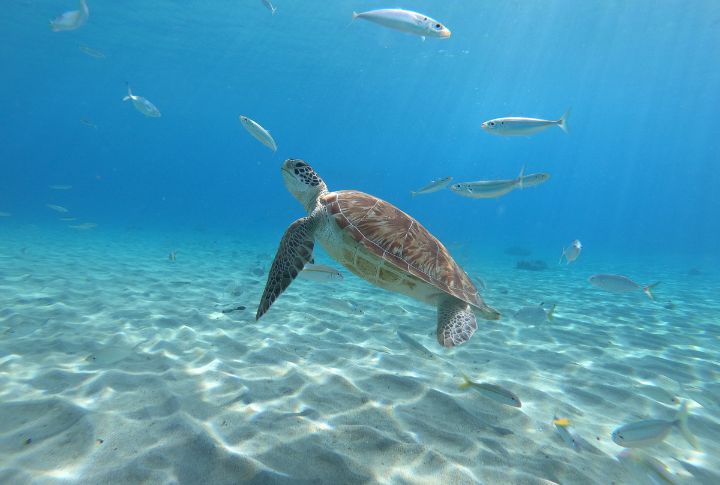
Sea turtles travel thousands of miles using the Earth’s magnetic field, essentially acting as living GPS units. Hatchlings find their way to feeding grounds with astonishing precision. Researchers have tracked turtles returning to the exact beach where they were born decades earlier. Their magnetic sense remains a marvel of nature.
Indicators of Ocean Health
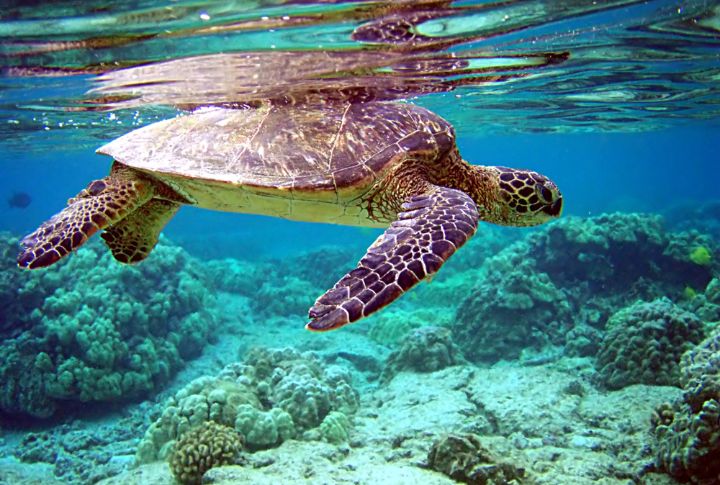
The presence of thriving sea turtle populations signals a balanced marine environment. Declines often point to overfishing, pollution, or habitat destruction. Conservation programs track turtle numbers as a barometer of ecosystem well-being. The survival reflects the health of our shared oceans and their future.
Climate Regulators through Seagrass
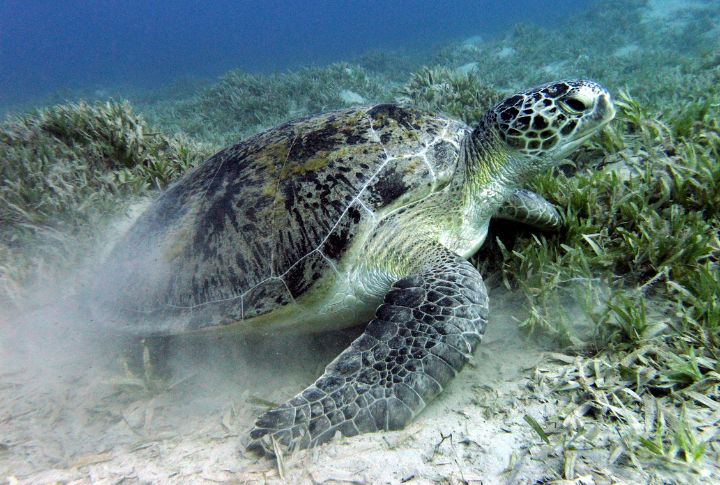
Seagrass beds, maintained by turtles, store carbon 35 times faster than tropical forests. These carbon sinks combat climate change by reducing atmospheric CO₂. Without turtles’ grazing, seagrass ecosystems could collapse and release stored carbon. Who knew these gentle grazers had such a huge impact on global warming?
Guardians of Marine Biodiversity
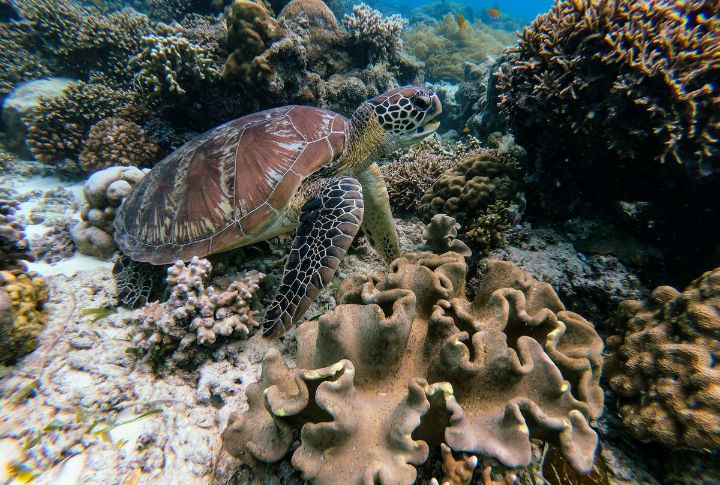
Sea turtles serve an essential role in connecting ecosystems across vast spaces. Hatchlings feed on plankton, juveniles shelter in reefs, and adults forage in meadows. Their journeys ensure nutrient and genetic flow between habitats. Imagine ecosystems without them—connections would weaken, and marine biodiversity would suffer immensely.
Symbols of Conservation Success
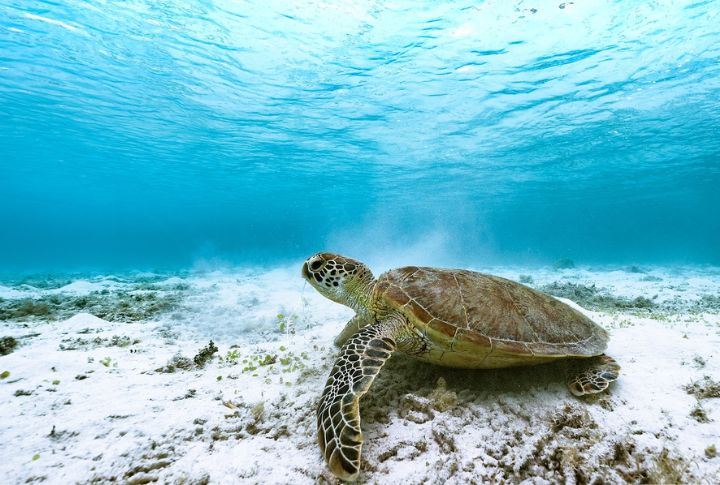
Sea turtles inspire global conservation efforts, from nesting-site protection to international treaties. Leatherbacks, once critically endangered, have rebounded in many areas thanks to these initiatives. Their survival stories remind humanity of nature’s resilience. Protecting them safeguards countless other species that rely on shared ecosystems.
Survivors of Evolutionary History
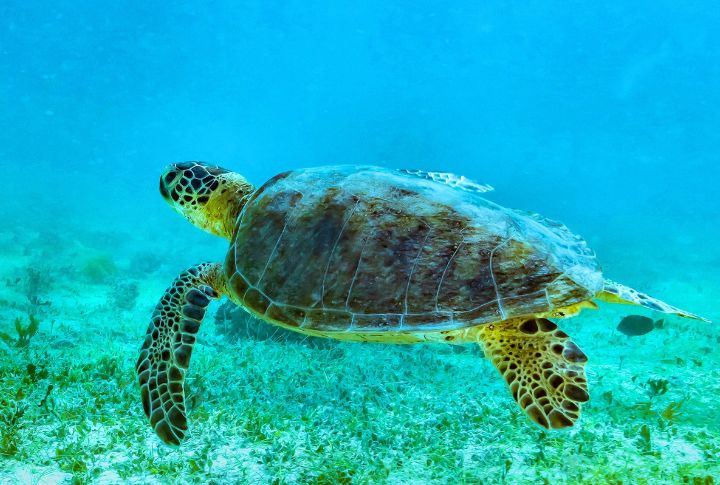
Dinosaurs rose and fell 110 million years ago, and these creatures witnessed it all. These ancient mariners survived catastrophic events and countless challenges. Fossil evidence shows their remarkable adaptations over time. Their resilience serves as proof of the enduring power of life in the oceans.
